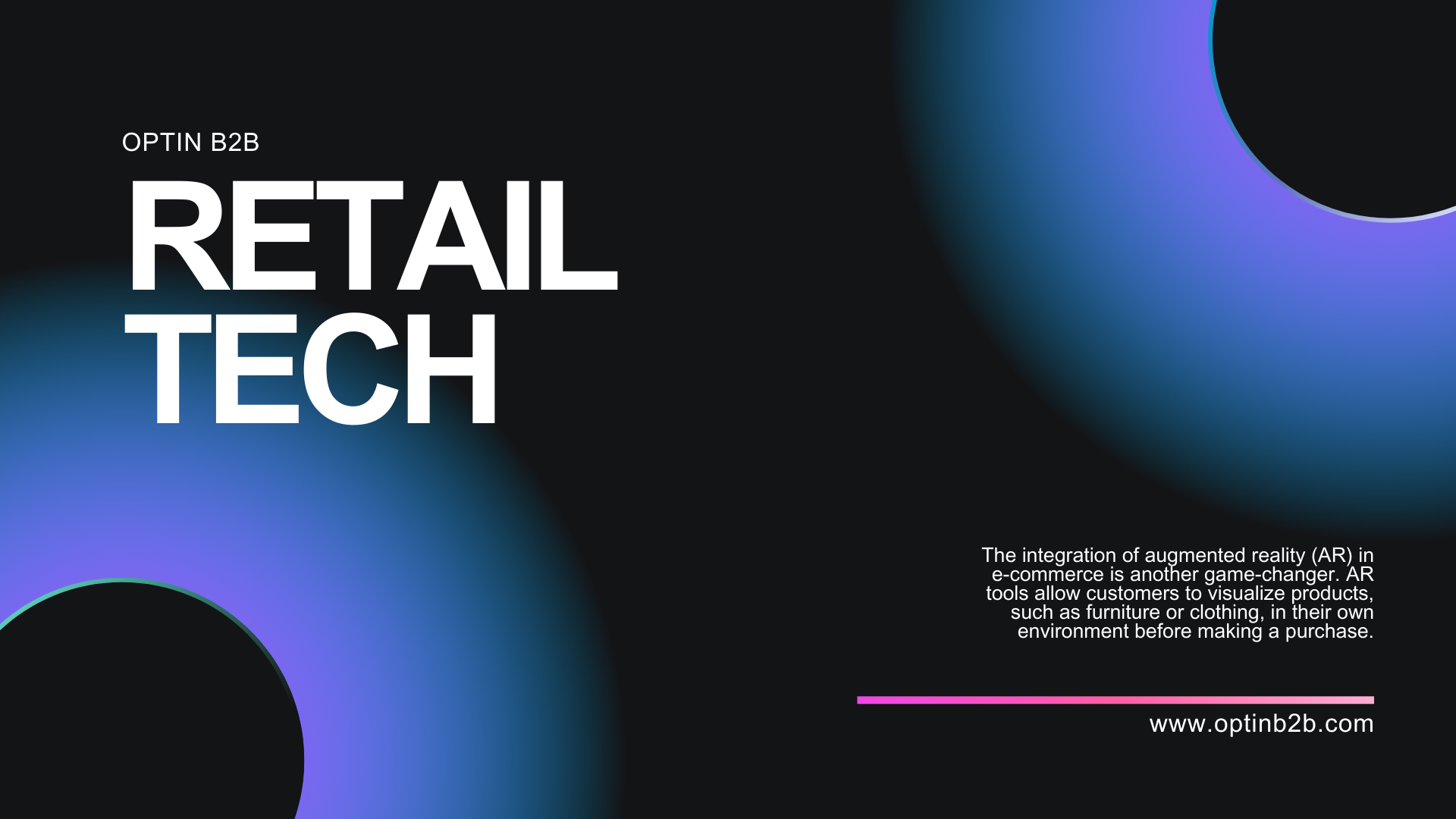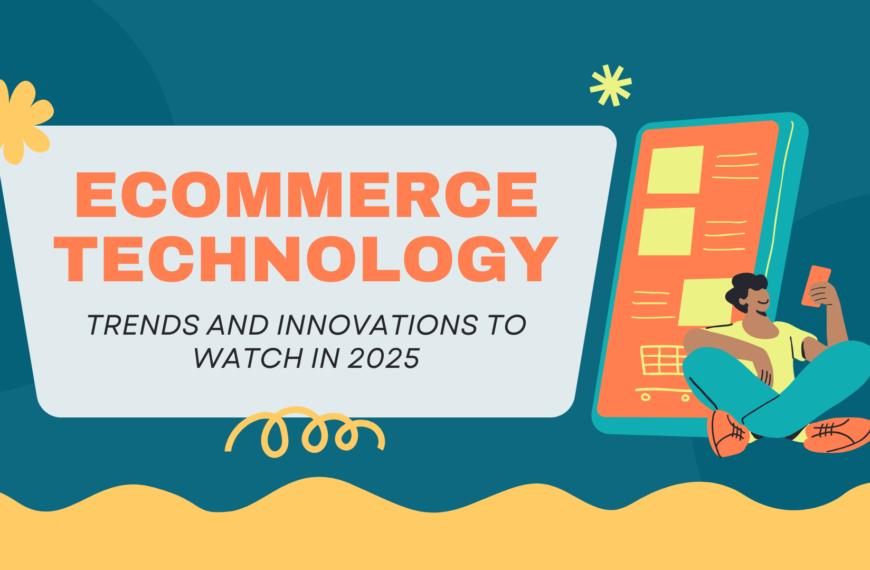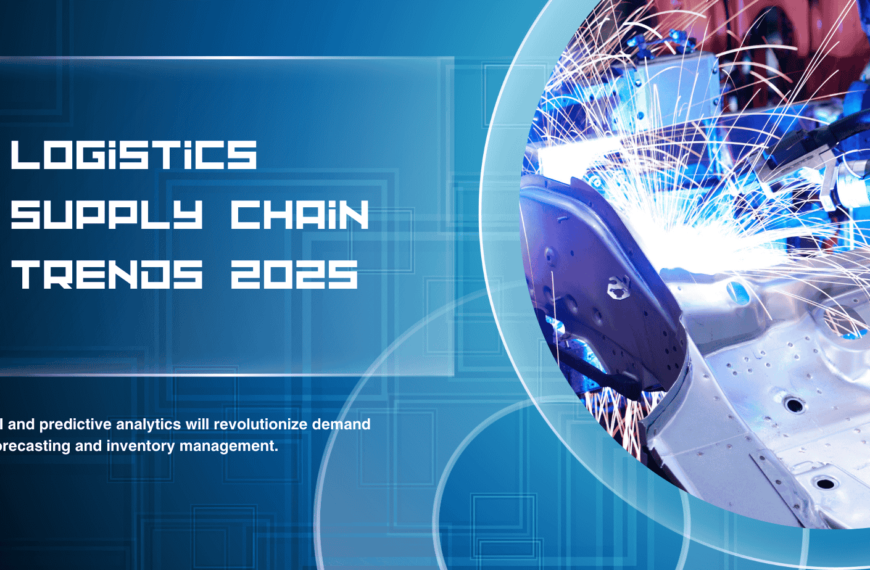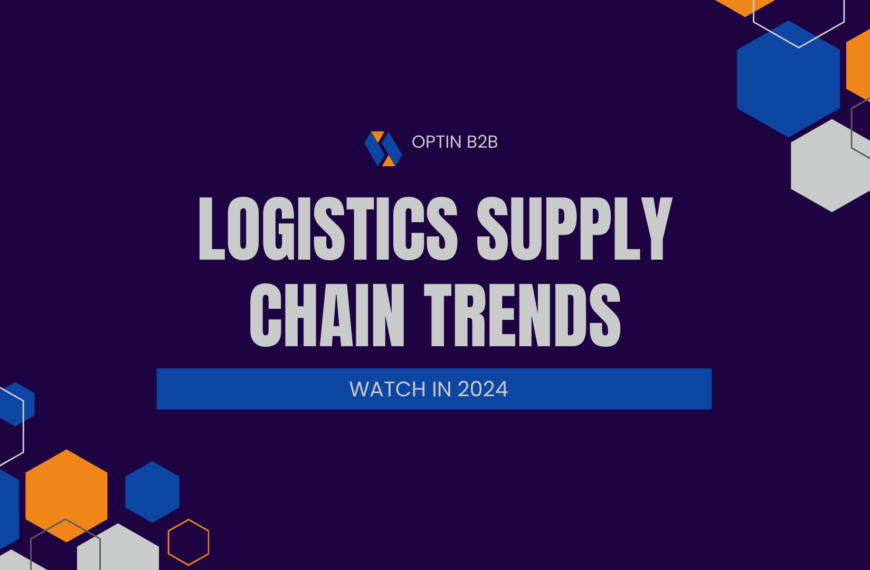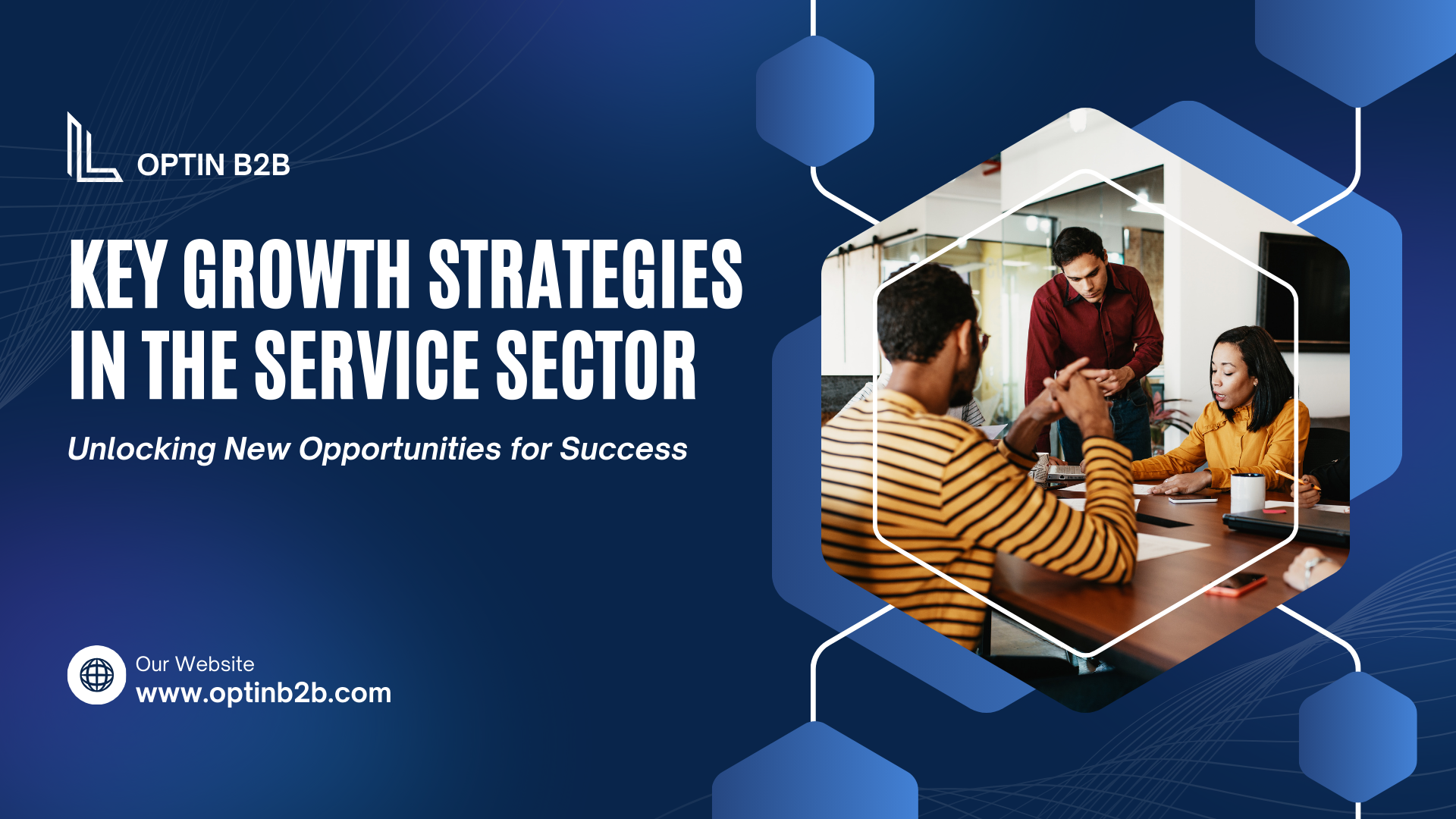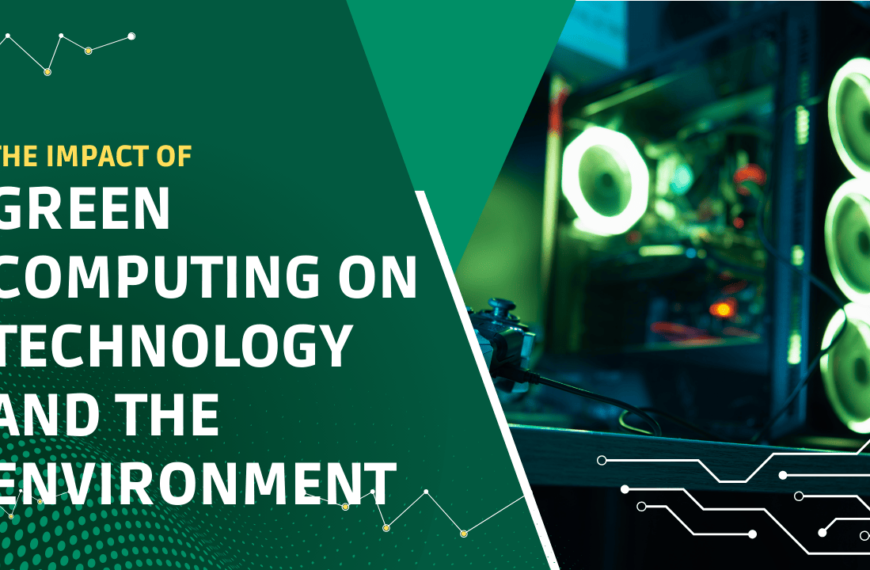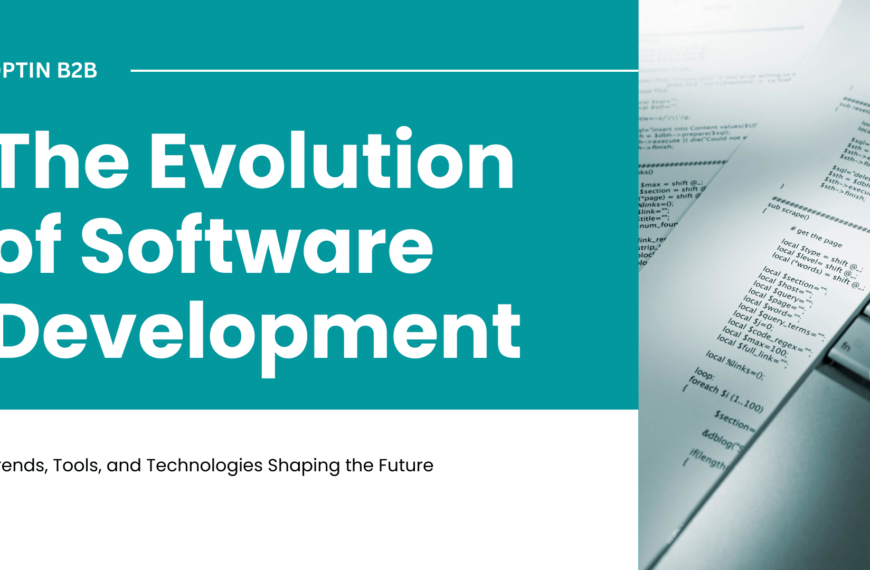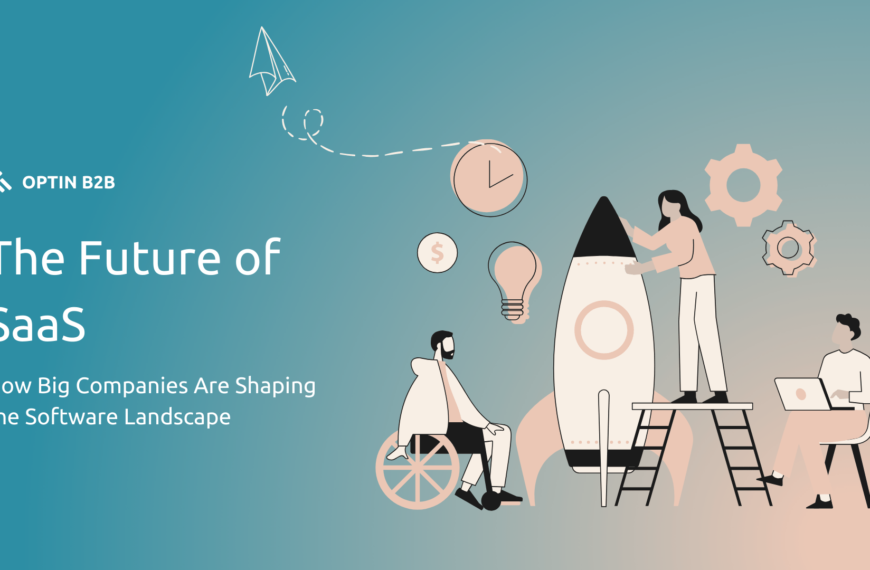The e-commerce industry has transformed the retail landscape, evolving from a niche market into a global phenomenon. With the proliferation of smartphones, affordable internet access, and user-friendly platforms, online shopping has become a preferred option for millions of consumers worldwide. This rapid growth has not only disrupted traditional brick-and-mortar stores but also paved the way for innovative retail experiences.
One of the major drivers of e-commerce is convenience. Consumers can browse, compare, and purchase products from the comfort of their homes, enjoying features like one-click checkouts, same-day delivery, and hassle-free returns. Technologies such as artificial intelligence (AI) and machine learning are further enhancing this experience by providing personalized recommendations, automated customer support, and targeted marketing.
The integration of augmented reality (AR) in e-commerce is another game-changer. AR tools allow customers to visualize products, such as furniture or clothing, in their own environment before making a purchase. Additionally, live commerce—where influencers or brand representatives showcase products in real-time—has emerged as a popular trend, blending entertainment with shopping.
However, the shift to e-commerce also presents challenges. Retailers must navigate issues like cybersecurity threats, logistics complexities, and increasing competition. Sustainability is another growing concern, prompting businesses to adopt eco-friendly packaging and explore carbon-neutral shipping options.
The future of e-commerce will be defined by a seamless blend of technology and human-centric strategies. As innovations like voice commerce, blockchain-based payments, and the metaverse gain traction, the e-commerce ecosystem will continue to evolve, offering unparalleled opportunities for businesses and consumers alike.

